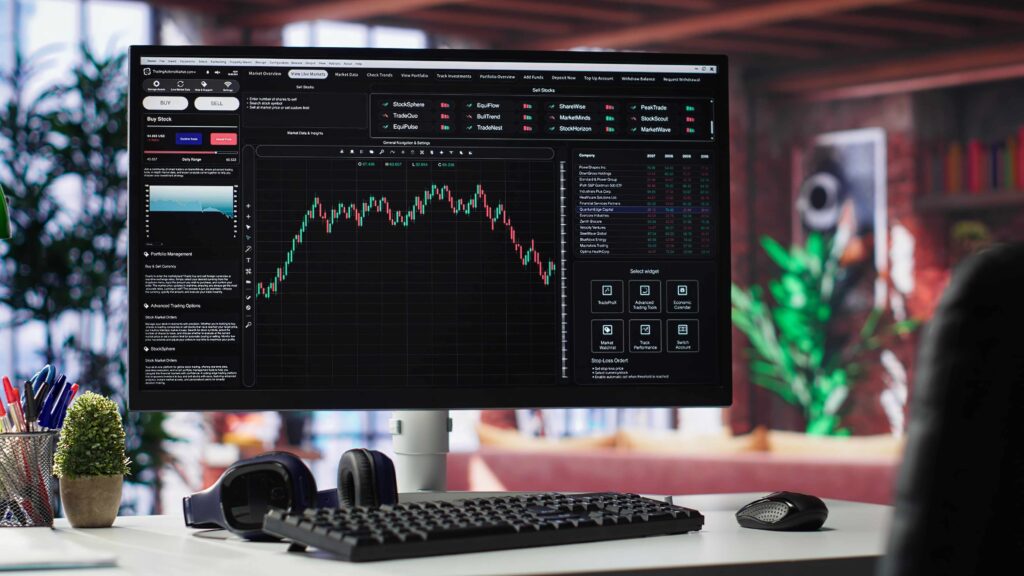Trading in the stock market can seem complex at first, especially with terms like intraday, swing, and scouting being thrown around. Understanding these concepts is essential for beginners to navigate the markets with confidence. In this guide, we break down these trading styles and explain how they work in simple terms.
1. What is Intraday Trading?
Intraday trading, also known as day trading, is the practice of buying and selling stocks within the same trading day. The goal is to profit from short-term price movements.
- Key Points:
- Trades are opened and closed on the same day.
- Requires quick decision-making and real-time market monitoring.
- Popular among traders looking for daily profit opportunities.
2. What is Swing Trading?
Swing trading focuses on capturing price movements over a few days to weeks. Unlike intraday trading, swing traders hold positions longer to take advantage of market trends.
- Key Points:
- Trades last from a few days to several weeks.
- Requires understanding of market trends and momentum.
- Suitable for traders who cannot monitor the market all day.
3. What is Scouting in Trading?
Scouting is the process of identifying potential trading opportunities before they fully develop. It involves analyzing stocks, sectors, and market patterns to spot high-probability setups.
- Key Points:
- Helps traders plan and prepare for upcoming trades.
- Often combined with intraday or swing strategies.
- Focused on spotting early opportunities for better risk-reward outcomes.
4. How ArthVed 9X Helps Traders
At ArthVed 9X, we provide guidance across intraday, swing, and scouting methods to help traders make informed decisions:
- Intraday: Precision strategies for quick market moves.
- Swing: Tools to capture medium-term trends.
- Scouts: Early alerts for high-potential trades.
Whether you are a beginner or an experienced trader, understanding these styles is the first step towards consistent growth.
Conclusion
Knowing the differences between intraday, swing, and scouting is crucial for anyone starting in the stock market. Each style suits different goals, risk levels, and time commitments. With the right knowledge and guidance from ArthVed 9X, traders can navigate the market with confidence, minimize risk, and maximize opportunities.


